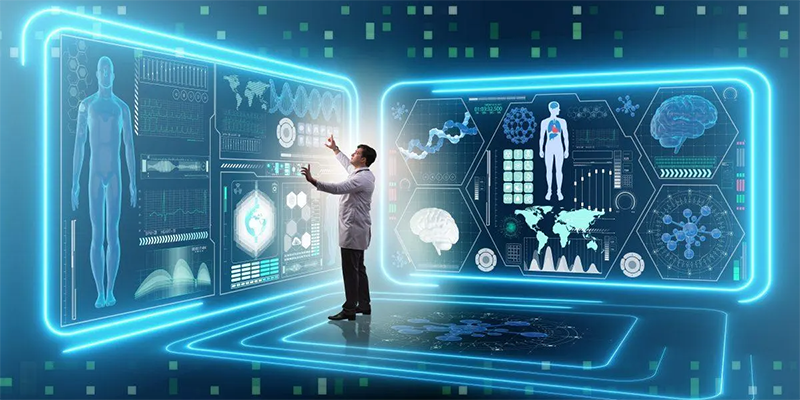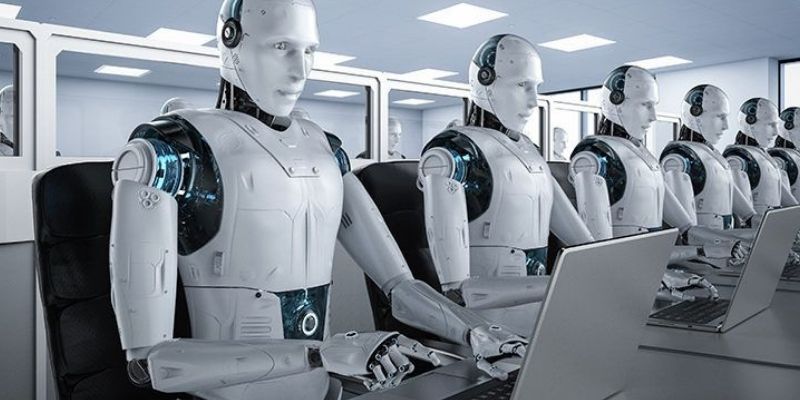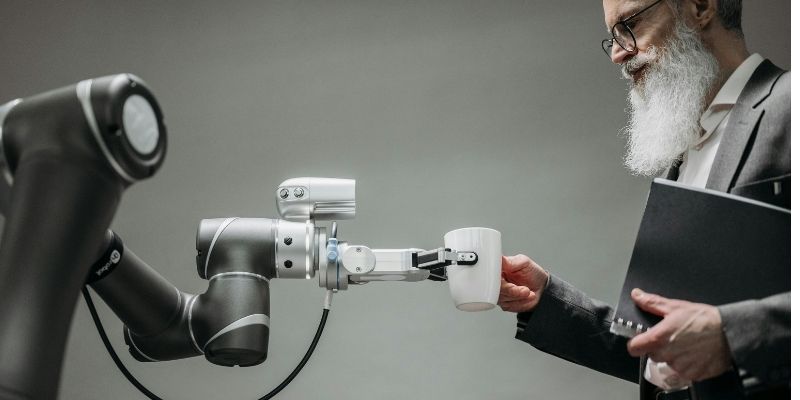
Generative AI for Productivity: Top 12 Insights from Early Adopters
A report from the World Economic Forum and PwC explores how organizations integrate generative AI (GenAI) to enhance job augmentation and productivity. Based on interviews with over 20 early adopters, it highlights key lessons, trends, and strategies for scaling the technology, as detailed in "Leveraging Generative AI for Workforce Productivity."
A World Economic Forum and PwC report explore how organizations integrate generative AI (GenAI) to enhance job augmentation and productivity. Based on interviews with over 20 early adopters, it highlights key lessons, trends, and strategies for scaling the technology, as detailed in "Leveraging Generative AI for Workforce Productivity."

1. Data-Driven Organizations Lead The Way
Because of their robust data governance, quality, and infrastructure, data-driven organizations have quickly adopted GenAI. Although they may only sometimes be the first to identify use cases, organized systems allow them to quickly and effectively bring new use cases into production. Because the entire infrastructure is already present, this guarantees that its introduction will be without a hitch and delays.
2. Scaling GenAI With Care
Pioneers in GenAI are slowly stepping forward and expanding its usage within the organization. They first use small groups to pilot the program and then scale up, with the idea of identifying issues early and avoiding disruption and employee overload. Slow, controlled testing leads to employee acceptance and consideration when going large.
3. Awareness Of Risks And Caution
Increasingly aware of the threats entailed in embracing GenAI, organizations all over are beginning to realize their downsides regarding breaches in privacy, data security, and biases in AI outputs. Many companies are now taking that cautious, prudent approach by going into internal tests and piloting exploratory programs to scaffold the road ahead. The most significant risk is a data breach, especially when very sensitive information is concerned. Companies will set aside internal test environments to solve potential problems before exposing the technology to a broader audience.
4. Boosting Productivity, But What About Free Time?
Generative AI has been known to improve productivity by doing simple and repetitive tasks, thus saving time. Some organizations have automated specific functions that previously took weeks to complete. Their employees can accomplish them in minutes, leaving more time for creativity and strategic and value-based work. The apparent advantage of using time does not answer the main problem for most organizations- how to allocate this extra space of time. For most companies, plans are actively developed to upgrade employees to more meaningful engagements with confidence and clarity in new responsibilities.

5. Improving Work Quality As A Primary Driver
Improvement of work quality is a primary driver behind the use of GenAI, apart from gains in productivity. Much has been said and written about GenAI's ability to perform more accurate, consistent, and reliable results than humans. Simply put, companies can increase customer satisfaction and improve the output of all their departments by eliminating human errors and enhancing quality. Deployed appropriately, GenAI makes processes more efficient and sets new standards for the work.
6. Trust And Employee Comfort With Technology
Employees often have concerns about GenAI, such as accuracy, bias, and replacement. Therefore, organizations will apply training, re-skilling, and upskilling to instil the confidence of their employees by simplifying GenAI adoption into something more manageable and smoother for them. Informing employees about GenAI benefits is an essential step toward user preparedness for changing roles and reducing resistance while maximizing the potential extracted from the workforce.
7. Change Management And Leadership Are Crucial
The primary condition that must be met to implement GenAI into an organization is transforming company culture, thus supporting change management. The top executives will set vision and alignment, while the middle managers will understand workflows and scout the areas where AI is supposed to impact. Leadership is more than technical know-how; it's an art that inspires a shift in the workforce's attitudes. Employees will be expected to know how their roles may evolve, and the new opportunities GenAI integration brings to everyday tasks, which may ensure smooth adoption and maximization of potential.

8. Measuring Genai Engagement Is Challenging
Implementing GenAI requires cultural transformation, making change management essential. Top executives set the vision and alignment, while middle managers understand workflows and identify AI's impact areas. Effective leadership goes beyond technical knowledge, fostering a mindset shift within the workforce. Employees must understand how their roles may evolve and the new opportunities GenAI integration brings to everyday tasks, ensuring smoother adoption and maximized potential.
9. Sustainability And Environmental Impact
Implementing GenAI requires cultural change and effective leadership. Executives set the vision, while middle managers identify AI's impact areas. Leaders must foster a mindset shift, helping employees understand role evolution and new opportunities. This ensures smoother adoption and maximized potential as GenAI integrates into daily tasks.
10. The Role Of Human Oversight
Despite GenAI's advancements, most organizations Stress the importance of human oversight. Removing humans from decision-making poses risks, as AI can introduce errors or biases. Internal committees oversee AI use, ensuring responsible and ethical deployment. Human intervention in critical processes helps prevent failures and ensures AI aligns with ethical standards and regulations.
Conclusion: The Future Of AI In The Workforce:
The World Economic Forum and PwC report highlights cautious optimism around generative AI integration into the workforce. Early adopters see productivity and quality improvements but face challenges like building trust, managing change, and ensuring responsible AI use. Organizations can use a structured approach to maximize GenAI's potential while minimizing risks. The lessons learned by these early adopters will be crucial as more companies look to leverage AI in the future.




